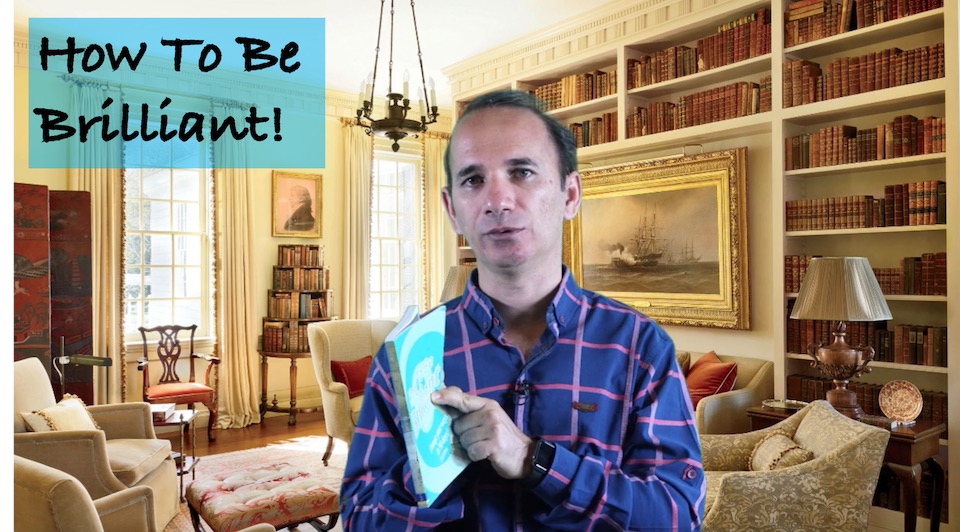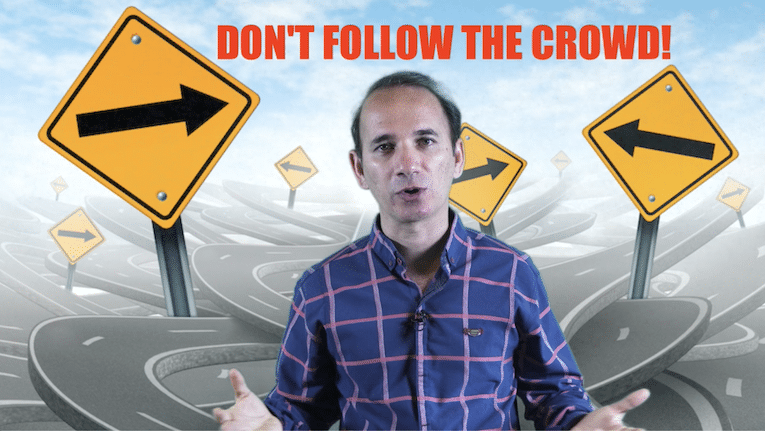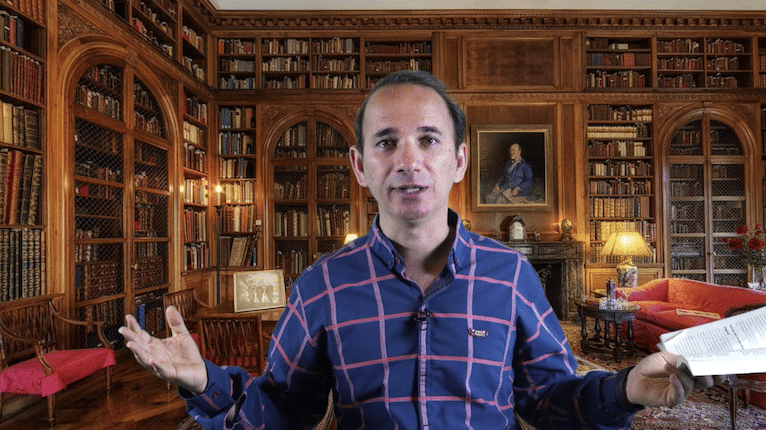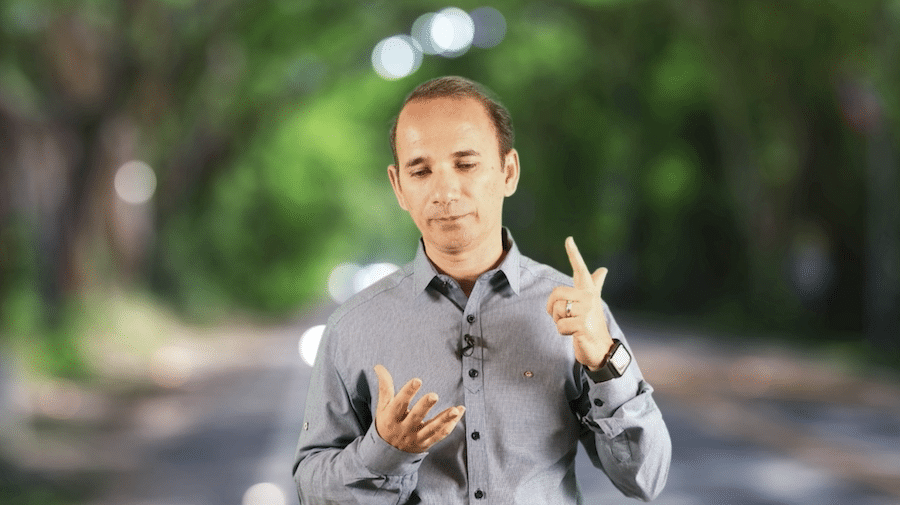 Although most leaders craft a vision statement for their organizations, many vision statements are not as powerful and as clear as they should be.
Although most leaders craft a vision statement for their organizations, many vision statements are not as powerful and as clear as they should be.
A powerful vision statement is the differentiator between organizations that achieve great results no matter what adversities they may face and those that disappear once they hit the first storm. A true vision statement links you with your passion which provides you and your people energy and moves you forward toward fulfilling your dreams and leaving a legacy behind. Having a powerful vision keeps your inner batteries fully charged 24/7.
Following are five essential elements of a powerful vision testimony that works. If your vision testimony misses any of these elements, take some time to revise it.
Your vision statement should be positive
Positive words generate positive energy. When you read a positive statement you are filled with positive energy. Your vision declaration should include positive words in order to radiate positive energy so that when people read it or hear it they feel connected.
Take a look at your vision statement. Replace negative words with positive ones and low impact words with high impact ones. For instance if your vision is “As a team we never fail!”, you may revise it to “As a team we always win!” to make it positive. You may even change it to “As a team we always thrive by moving forward!” to make it even more positive and impactful. Remember that you go wherever your mind goes. When you use positive words, your mind will focus on the positive side.
Your vision statement should be in present tense
Vision refers to visualizing the future and painting it at present. It is like living the dream. When we have the vision statement in future tense, we may think that it is far from reach or something that would happen sometime in future. We might not connect much to vision announcements in future tense. However, when we make the vision statement in present tense, it feels like that we are living it. It becomes alive. As a result our subconscious mind conditions itself for believing and achieving it.
Now, review your vision testimony and change the verbs to present tense, if any. For instance, “As a team we will win!” can be replaced by “As a team we always win!” The impact of the latter statement is much more than the first one.
Your vision statement should be short
Lengthy vision descriptions typically lose their impact and may cause people to disconnect. Short and clear yet rich and powerful vision statements are easy to remember and easy to communicate.
As an example, this long sentence “We help big corporate companies, organizations, small companies, communities, teams, families, couples, and individuals build upon their strengths, transform their weaknesses to strengths, and as a result grow and succeed” can be replaced by “We help our customers grow and succeed”.
So review your vision statement and shorten it, if possible, by taking unnecessary words out and making the statement rich of positive and impactful words.
Your vision statement should be challenging
Powerful vision testimonies pose some challenges to motivate people for growth and achieving something bigger. A visionary leader dreams something big enough to challenge themselves and their organizations and take everyone out of their comfort zones. When there is no challenge, there is no growth.
For instance, the statement “We provide solutions to our customers” may be an ordinary sentence. However, “We are the global leader in providing creative solutions to our customers” is definitely more challenging as it demands for becoming the global lead in providing creative solutions.
Take a look at your vision sentence. If it is not challenging enough, you may revise it to a more challenging vision that motivates you and your team for taking the challenge and achieving it.
Your vision statement should be relating
If people cannot relate themselves to the vision, it is like not having vision at all. Vision descriptions should touch people in one way or another. When people can relate themselves to the vision, they become interested in fulfilling the vision.
Vision statements should also relate to the organization’s core values and mission. Those visions that have roots in core values will keep you and your organization on track during turbulent times as long as you stick to your core values.
So, check your vision testimony and see if it includes people and if it reflects your core values and the core values of your organization. If it doesn’t, you’d better to revise it. For instance, the statement “As a team we always win!” can be replaced by “We help our customers thrive. Their success is our success.”
I congratulate for crafting a clear, simple, positive yet powerful vision testimony. You are on your way toward becoming a visionary leader. Don’t forget to regularly read it, visualize it, and communicate it.

















